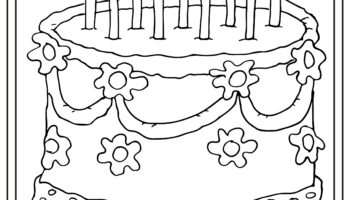A device designed to prevent unauthorized access to a firearm, created through additive manufacturing processes, provides a physical barrier to its operation. These devices vary in complexity, ranging from simple trigger blocks to more elaborate mechanisms that secure the entire firearm. A simple example might involve printing a custom-fit block that fits within the trigger guard, rendering the trigger inaccessible without the key or combination to remove it.
The ability to create such a device offers several potential advantages. It allows for customized solutions tailored to specific firearm models, potentially improving security compared to universal options. Furthermore, digital designs can be readily shared and reproduced, making them accessible in areas where commercial alternatives may be scarce or expensive. The history of firearm safety devices dates back centuries, with this technology representing a modern evolution in the effort to prevent accidents and misuse. This method, however, carries inherent risks and considerations related to material strength, design integrity, and potential for circumvention.
The subsequent sections will delve into the design considerations for these safety devices, the materials suitable for their construction using additive manufacturing, the legal and ethical implications surrounding their creation and distribution, and an assessment of their overall effectiveness as a means of securing firearms.









